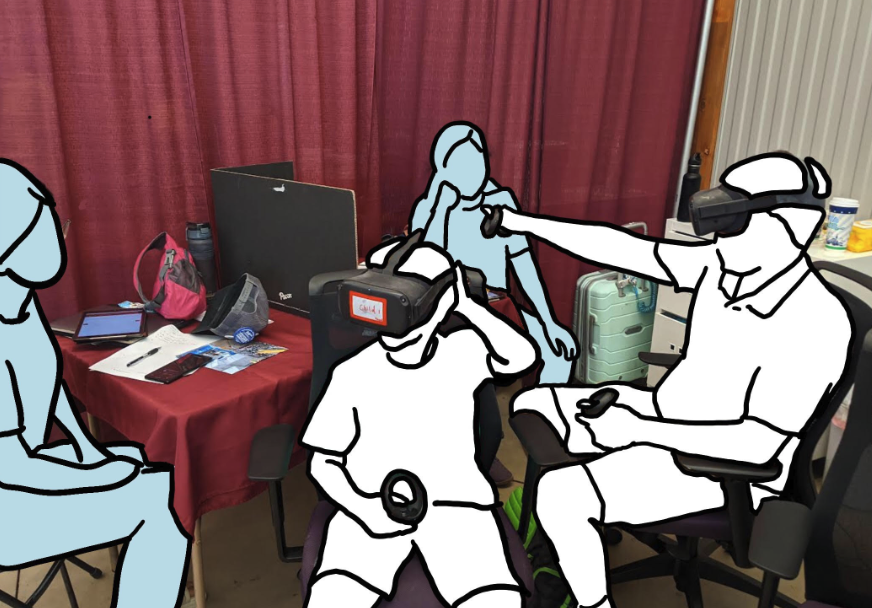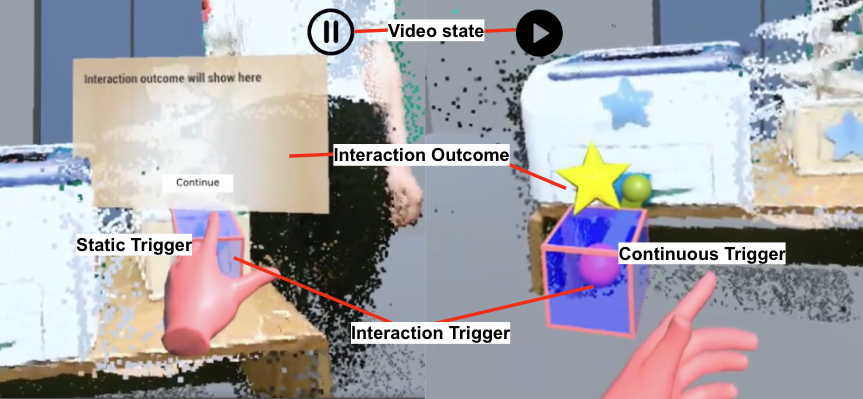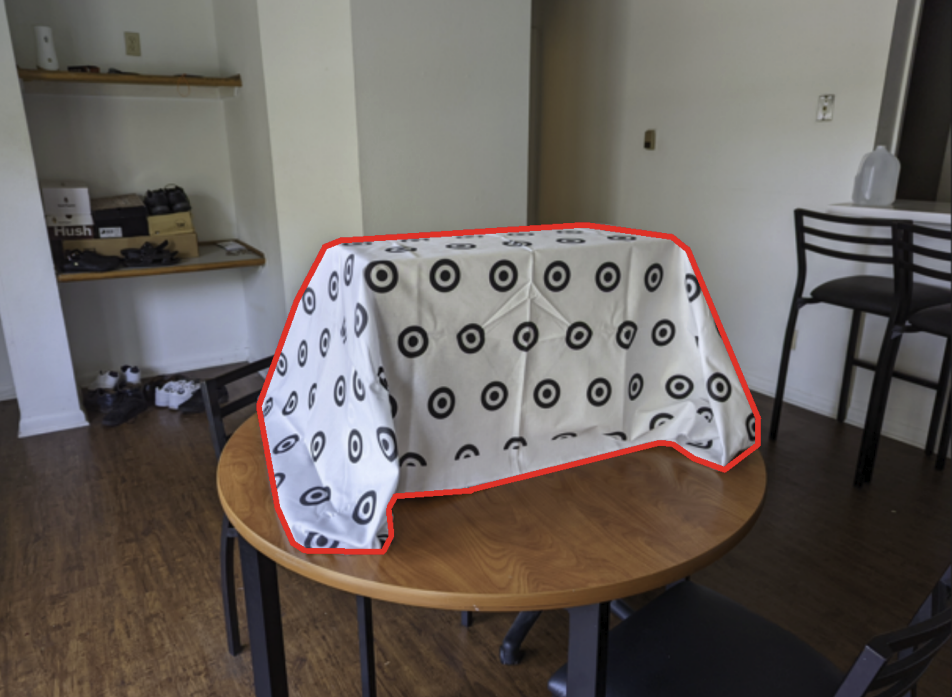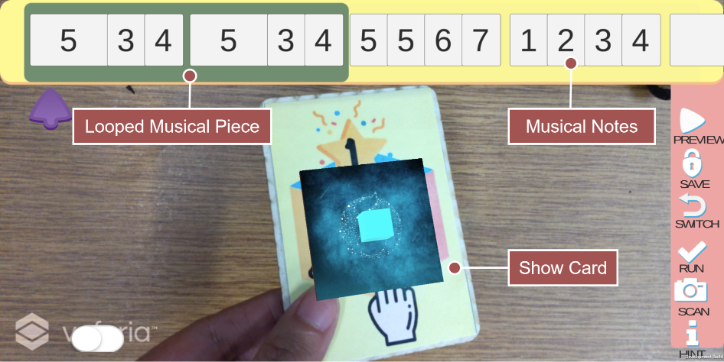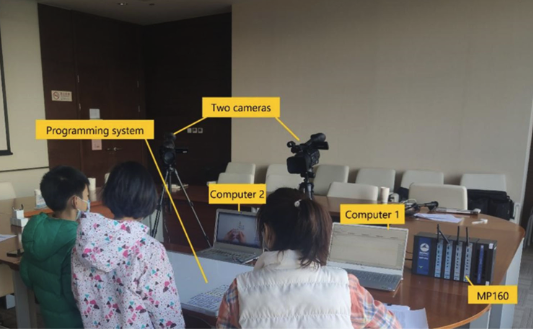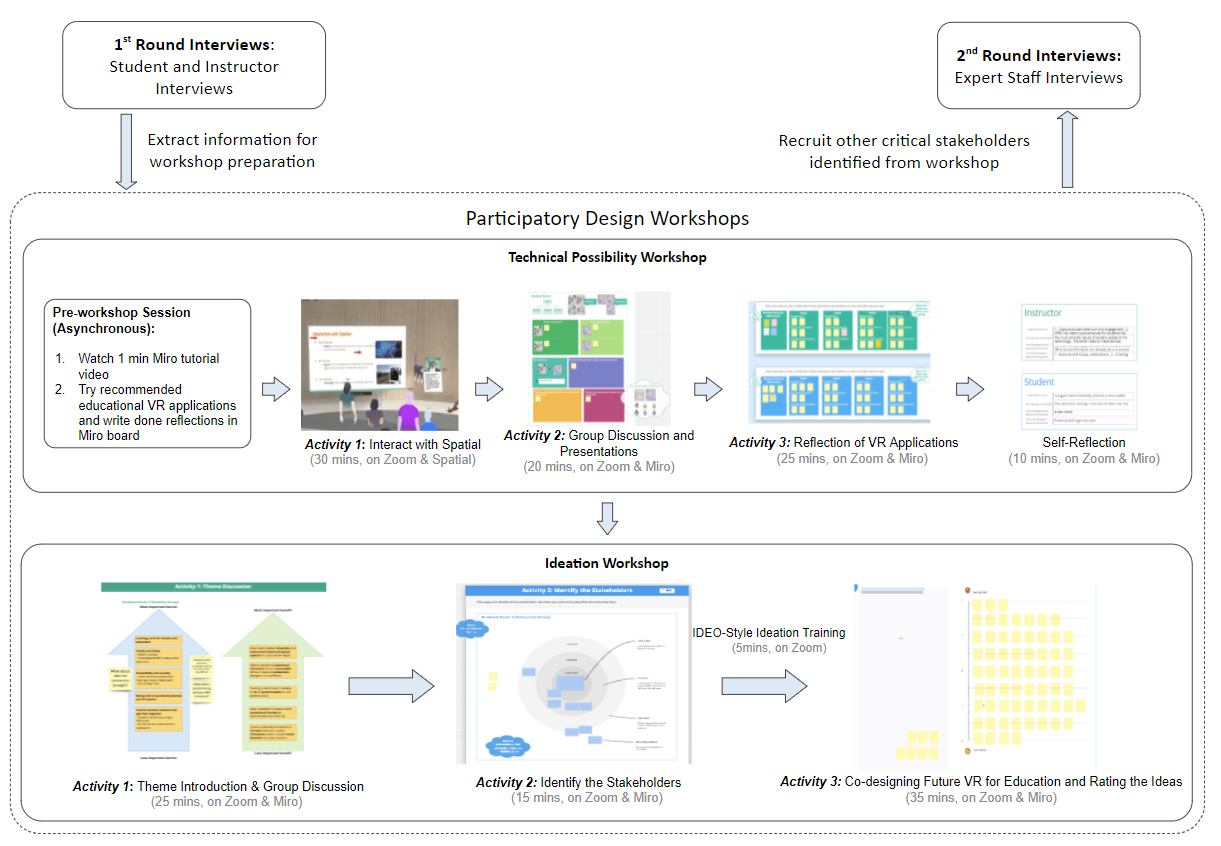Is Your Family Ready for VR? Ethical Concerns and Considerations in Children’s VR Usage
Virtual Reality (VR) has emerged as a transformative technology to revolutionize the education, socialization, and entertainment. However, alongside its promising applications, concerns about potential risks, particularly for young children, have surfaced. We conducted a survey and interview study with 55 parents and 67 children aged 7-13, to identify ethical concerns and design considerations for VR … Read more

